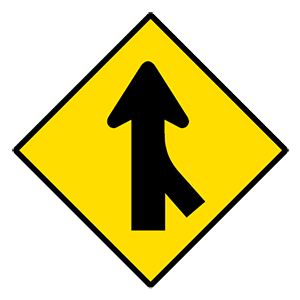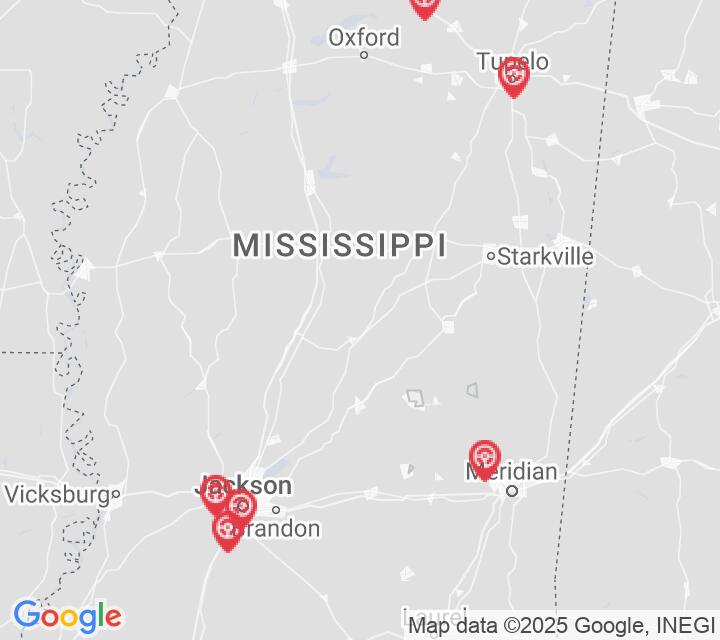2025 Mississippi Permit Test 20
The following questions are from real DMV written tests. These are some of the actual permit questions you will face in Mississippi. Each permit practice test question has three answer choices. Select one answer for each question and select "grade this section." You can find this button at the bottom of the drivers license quiz. For a complete list of questions and answers for Mississippi please visit https://cheat-sheets.dmv-written-test.com/en/mississippi/car.
Number of Tests
Number of Question
Passing Score
9. If your wheels drop off the roadway or pavement edge, you should:
Explanation
If your wheels drop off the roadway or pavement edge, do not attempt to turn back onto the roadway immediately. Instead, reduce your speed, check traffic, and gradually turn back onto the roadway when it is safe to do so.
10. Broken yellow lines are used on streets and highways to:
Explanation
Yellow lines separate traffic moving in opposite directions. Dashed lines on the pavement indicate that passing is permitted when safe.
11. To see vehicles in your blind spots, you should check:
Explanation
By definition, blind spots are areas that cannot be seen using your mirrors. To check your blind spots, you should look over your shoulders.
12. You should signal to turn ____ before beginning a turn.
Explanation
When you wish to change lanes or make a turn, signal to inform other motorists of your intentions. Signals are to be activated at least 100 feet before you begin a turn. When using a mechanical turn signal, continue signaling until you have completed the turn or lane change.
13. Roads are slippery after it first starts to rain. When the road is slippery, you should:
Explanation
A wet, slippery road does not allow your tires the traction they need, so it is necessary to drive more slowly on a wet road than you would on a dry road. To reduce the risk of skidding, you should avoid fast turns or stops.
14. Which of these statements is true about drugs and driving?
Explanation
Legal prescription and over-the-counter drugs can impair your ability to drive, including drugs taken for colds, hay fever, allergies, or to calm nerves or muscles. It is illegal to drive while under the influence of any drug that impairs your ability to drive safely; this law does not differentiate between illegal, prescription, or over-the-counter drugs.
15. This sign means:

Explanation
Warning signs are usually yellow with black markings. They alert you to conditions that are immediately ahead. This sign tells drivers to prepare to allow traffic to safely merge from the right.
16. When driving in work zones, you should:
Explanation


